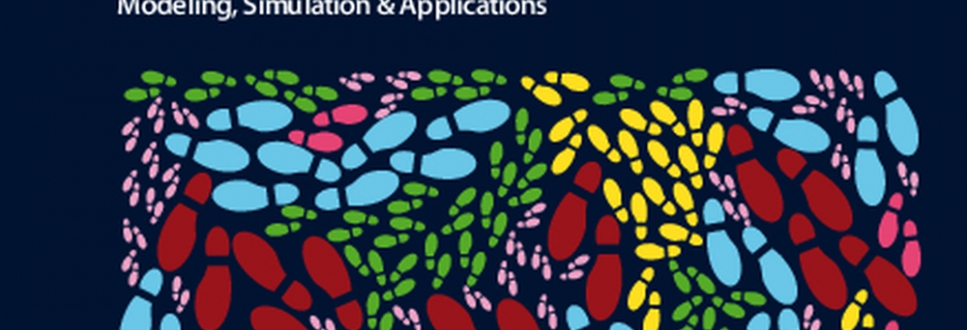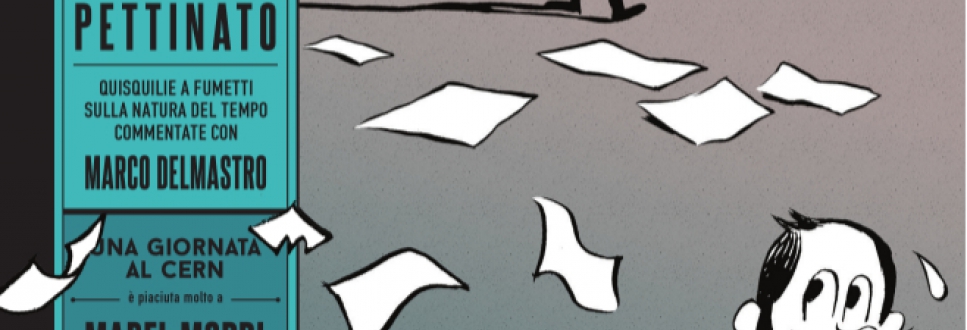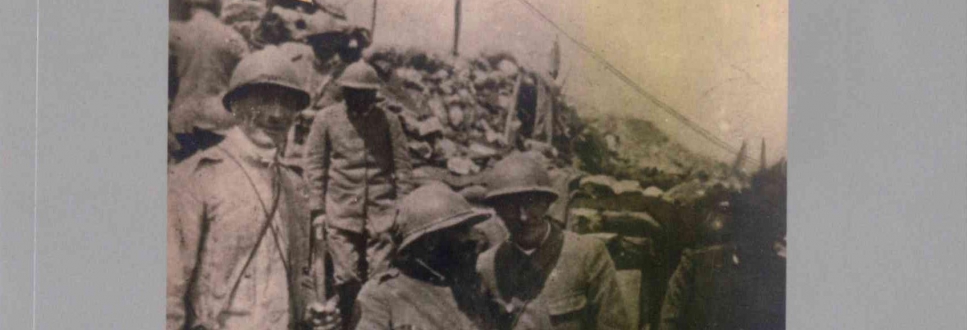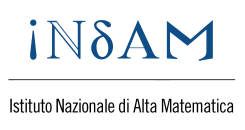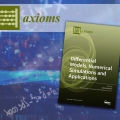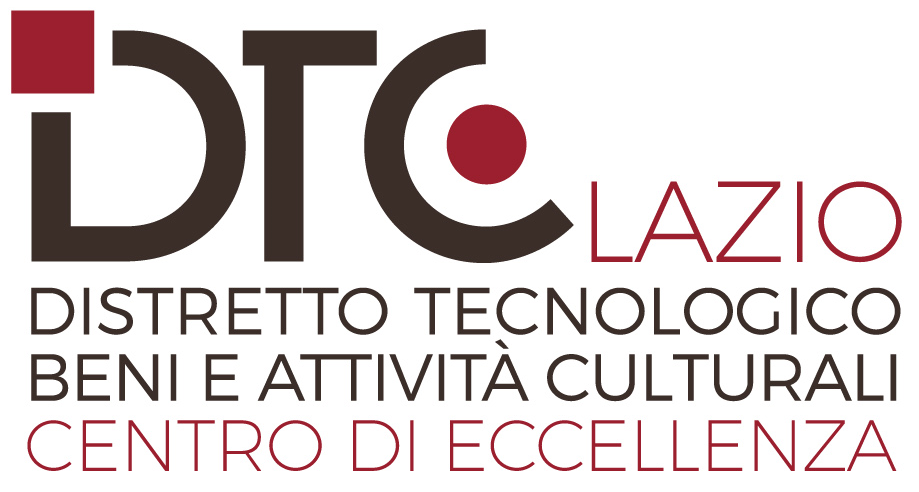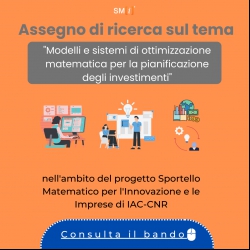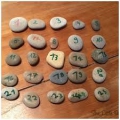
Mathematical methods for diagnosis and preservation of Cultural Heritage
In this research area the study of mathematical techniques and models for the preservation and use of cultural heritage is carried out. The multidisciplinary topics include: 1. study of the polluting substances emitted by vehicles in relation to their speed and acceleration, such as nitrogen oxidizers (NOx) as well as ozone production (O3), as a secondary pollutant ; 2. study of the chemical-physical-mechanical characteristics of shape memory copper and iron alloys and their resistance to corrosion according to different environments, and any changes to their mechanical properties; 3. study of the structural and external damage of stone materials exposed to the attack of chemical agents and of the action of protective substances applied to the stone; 4. study of visitor behavior within museums in order to optimize ticketing, visiting hours, the number of visitors / groups and, more generally, the use of the museum; 5. study of a mathematical model based on the calculation of the variations for the restoration of digitized archive films.
Topic 1. Development and analysis of second-order and multi-class models for the evaluation of vehicular traffic emissions. Topic 2. Data acquisition in the laboratory for the development and implementation of advanced mathematical models for the corrosion of metallic materials. Topic 3. Acquisition of data in the laboratory for the development and validation of mathematical models the damage of stone material samples and the action of protective products through the calibration of the parameters of the models able to minimize the deviation from the measurements. We also intend to study more accurate mathematical models and numerical schemes for the description of the phenomenon of iron rings in stone, to properly take into account the precipitation process of a chemical substance. Topic 4. Development of visitor tracking systems inside museums for calculating the time spent in and occupying each room in real time. The attendance data can be crossed with microclimatic data (humidity, CO2) to estimate the impact of visitors on the degradation of the exhibited works and to calibrate an ad hoc mathematical model capable of simulating and predicting visitor behavior. In another study on museum use, we have aggregated location data, anonymized and encrypted, coming from a suitably prepared network of sensors and / or cameras. The qualitative analysis of the model, associated with a possible numerical simulation, will allow to optimize the planning / organization of the museum offer and its use. Topic 5. Development of a model that consists in the minimization of a functional aiming at the reconstruction of information in areas of high contrast that appear in random positions in the single images and in which the original data of the video have been lost due to physical causes due to 'aging. We plan to start with test images.
This laboratory belongs to the Centro di Eccellenza Distretto Tecnologico Culturale del Lazio
Person in charge: Gabriella Bretti
email: g.bretti@iac.cnr.it
PARTECIPANTS: GABRIELLA BRETTI, BARBARA DE FILIPPO, ROBERTO NATALINI, MAYA BRIANI, EMILIANO CRISTIANI,
PUBBLICATIONS:
----
PROJECTS: Modelli multipopolazione per il traffico veicolare e pedonale (Multipopulation Models for Vehicular Traffic and Pedestrians)
LINK: http://


